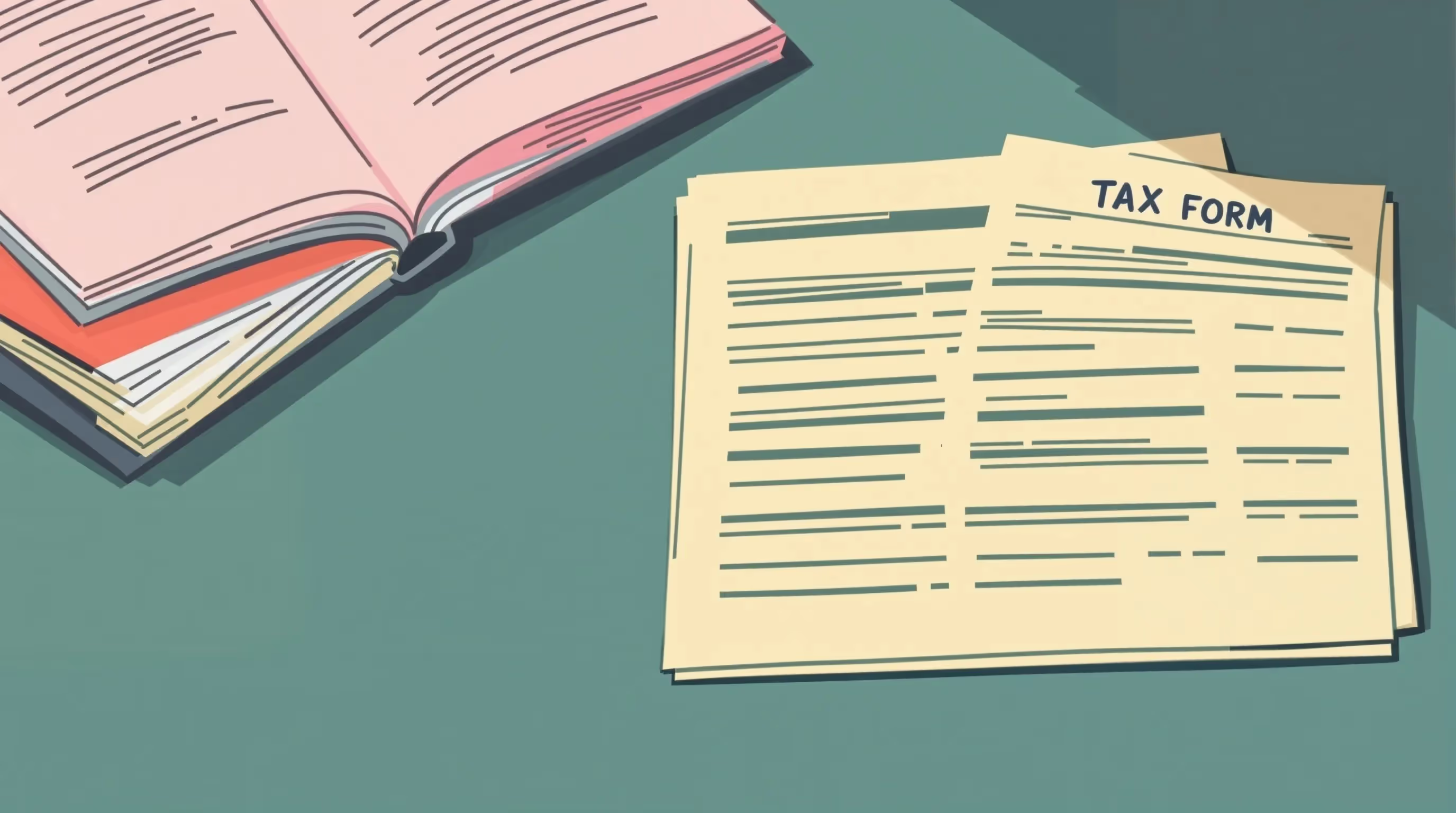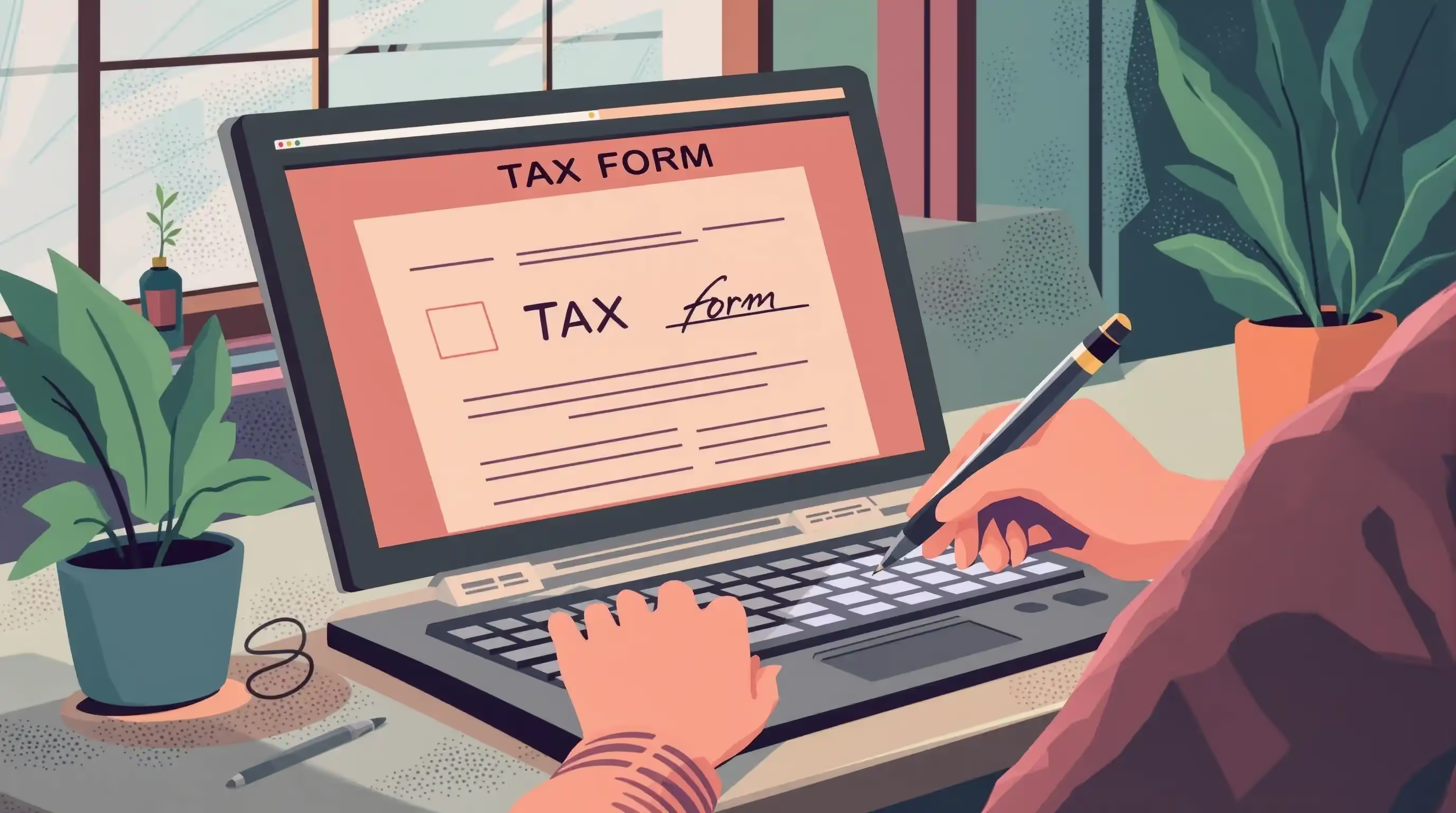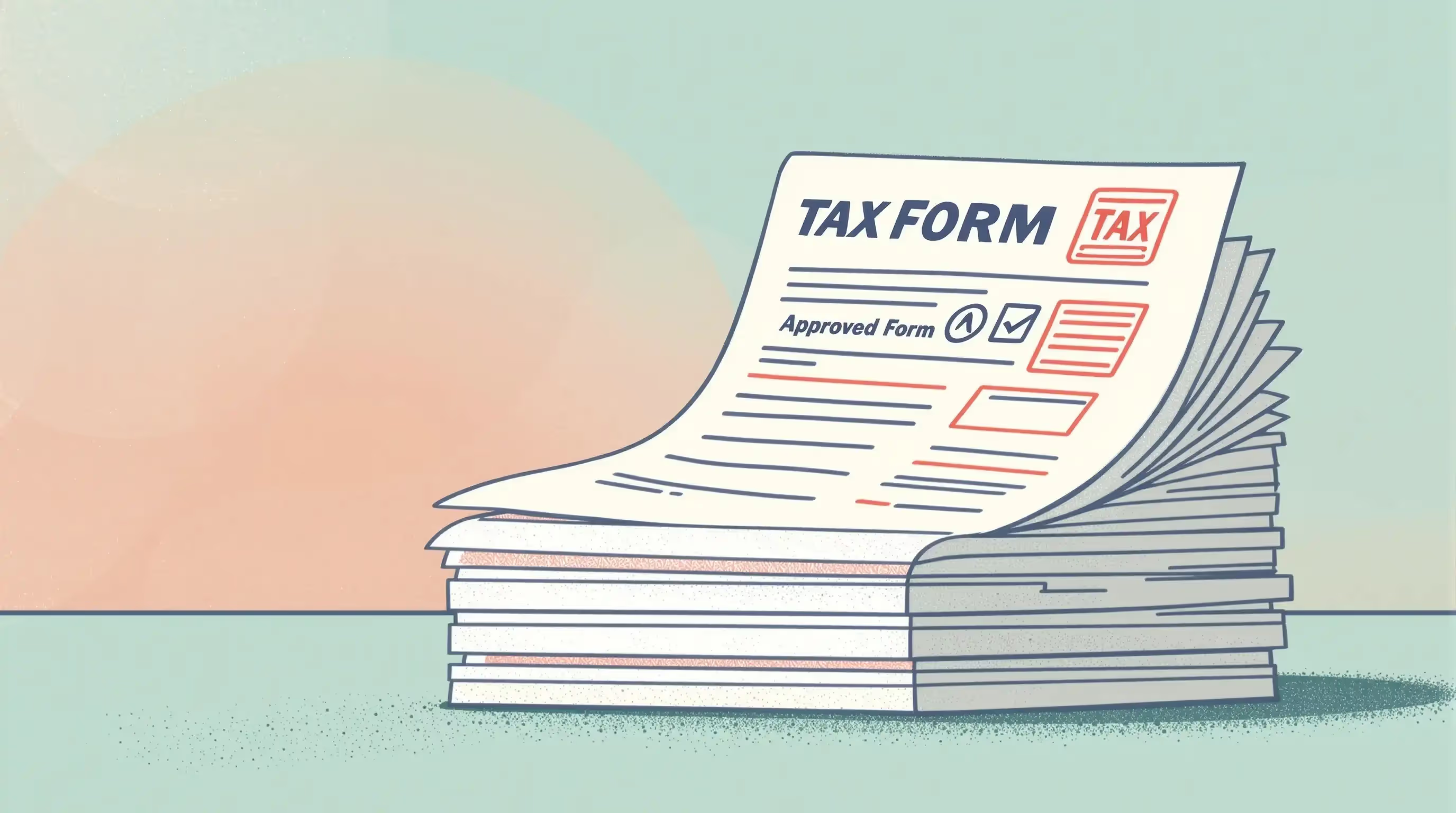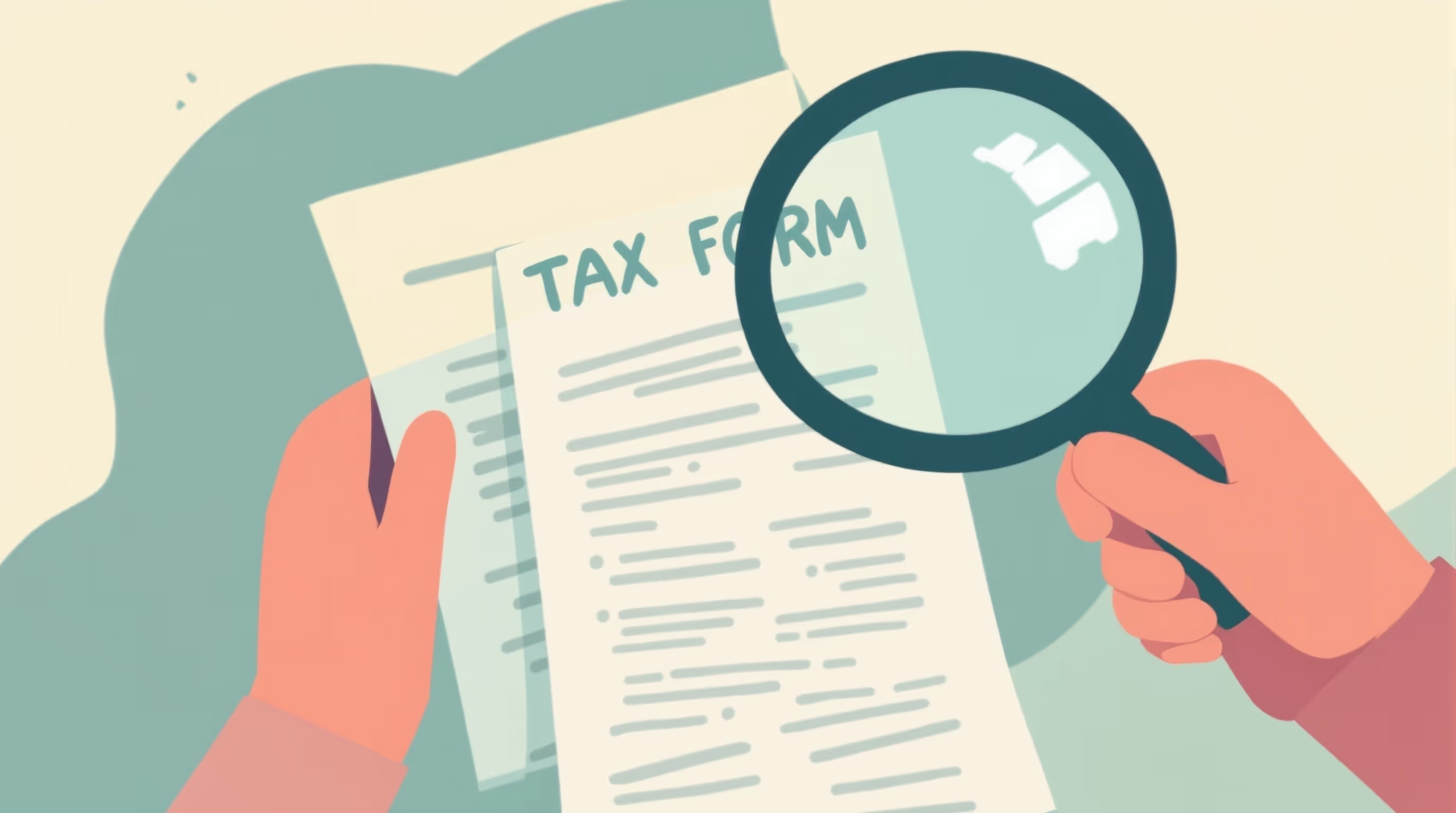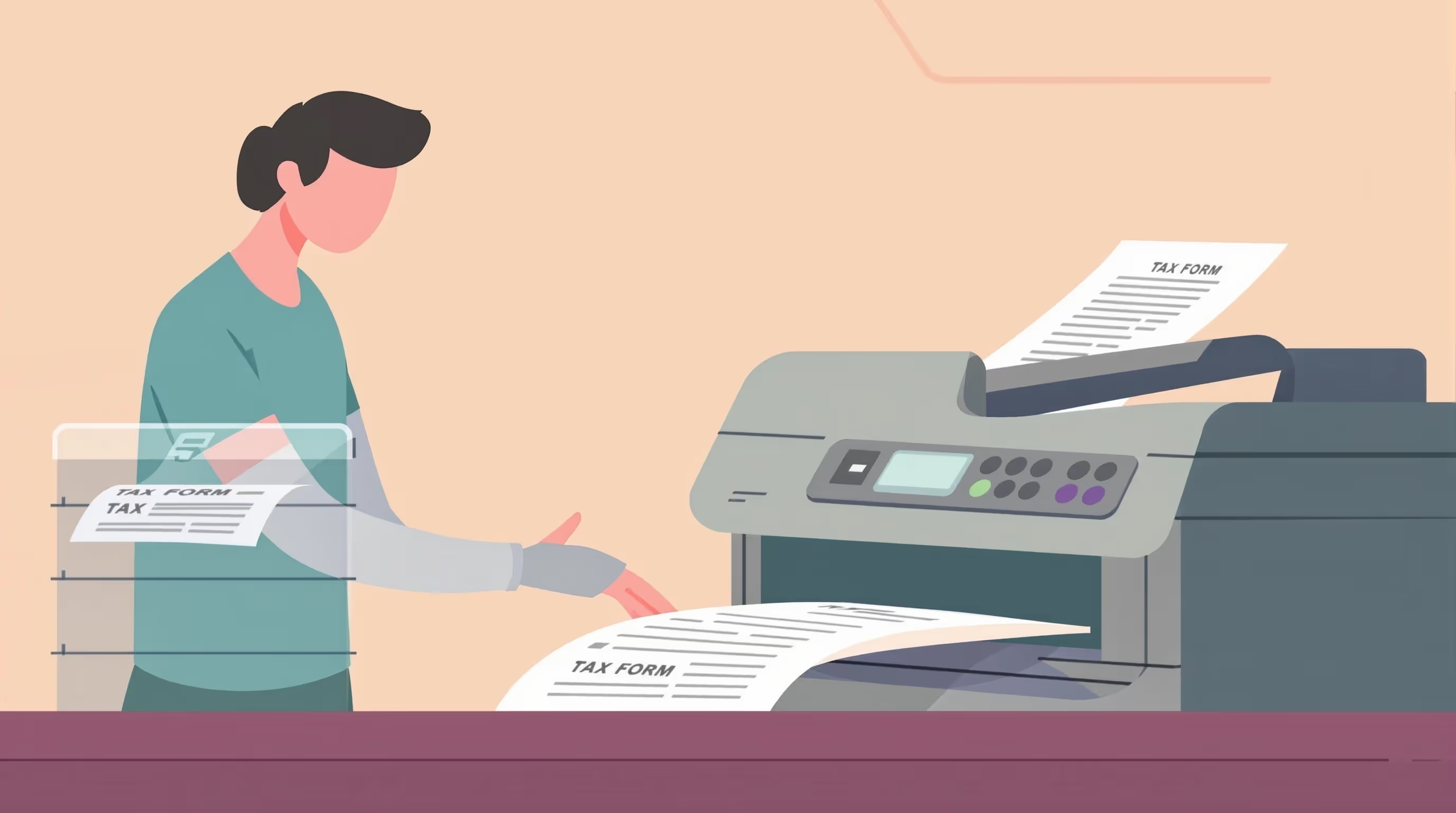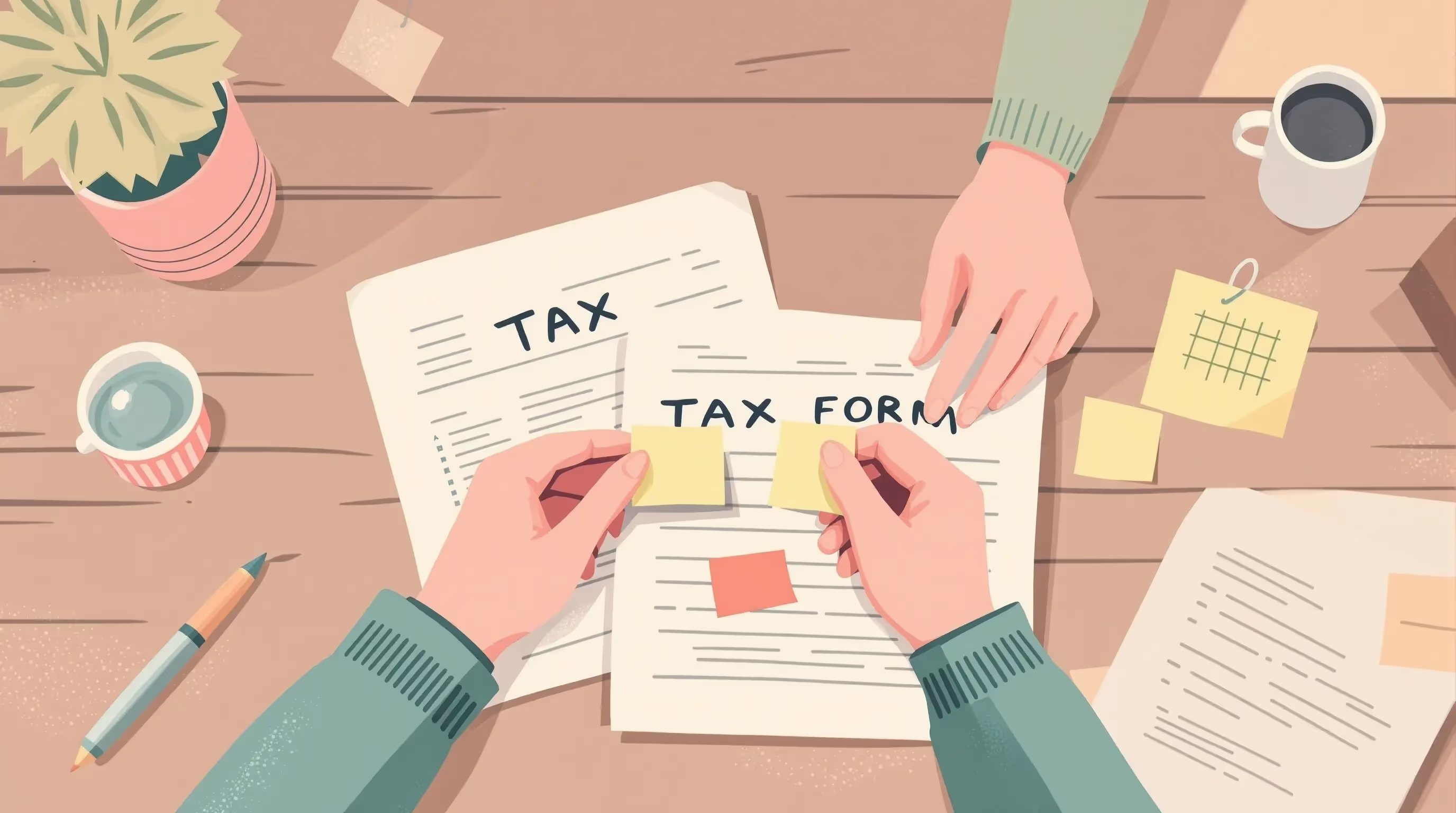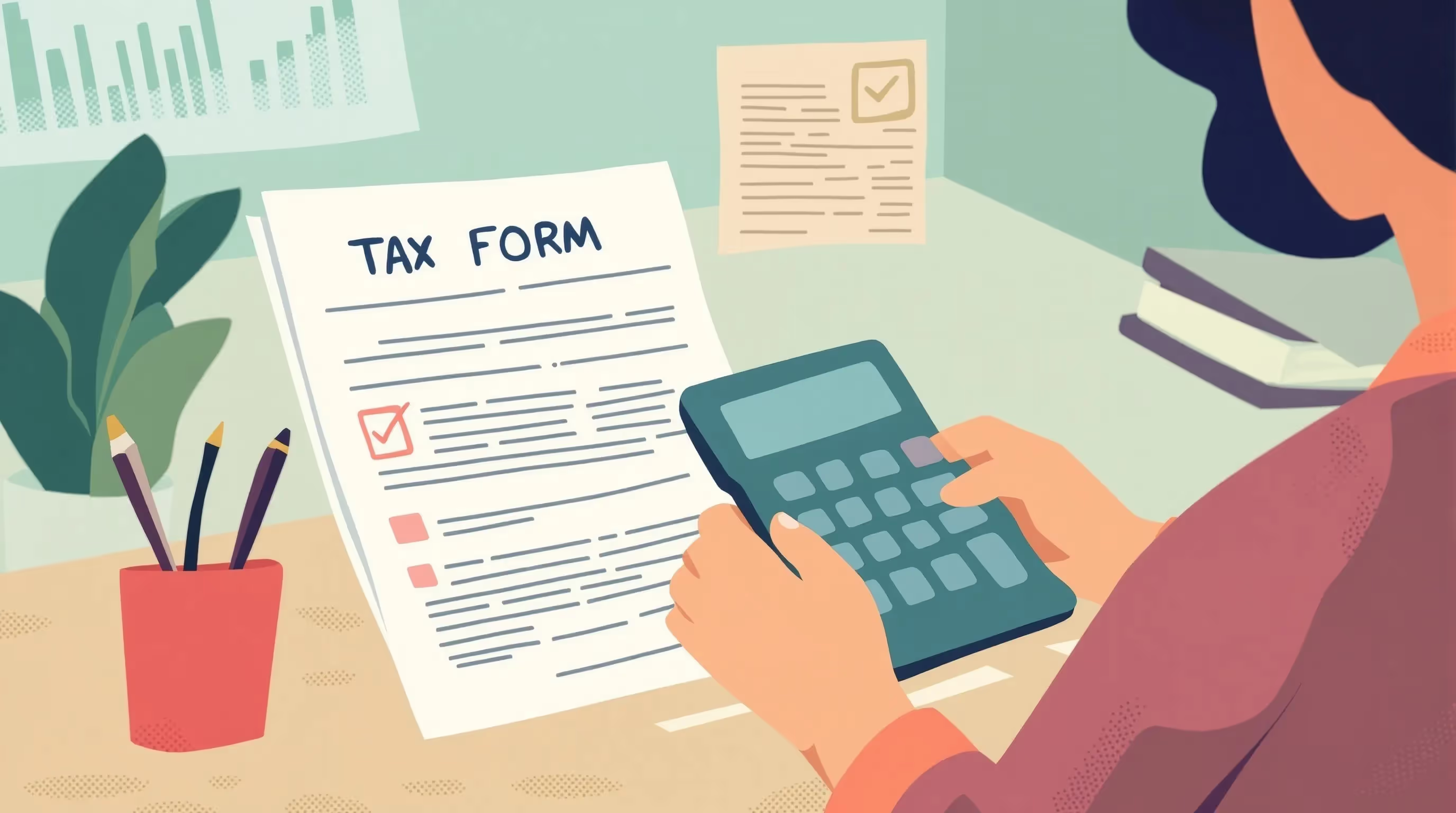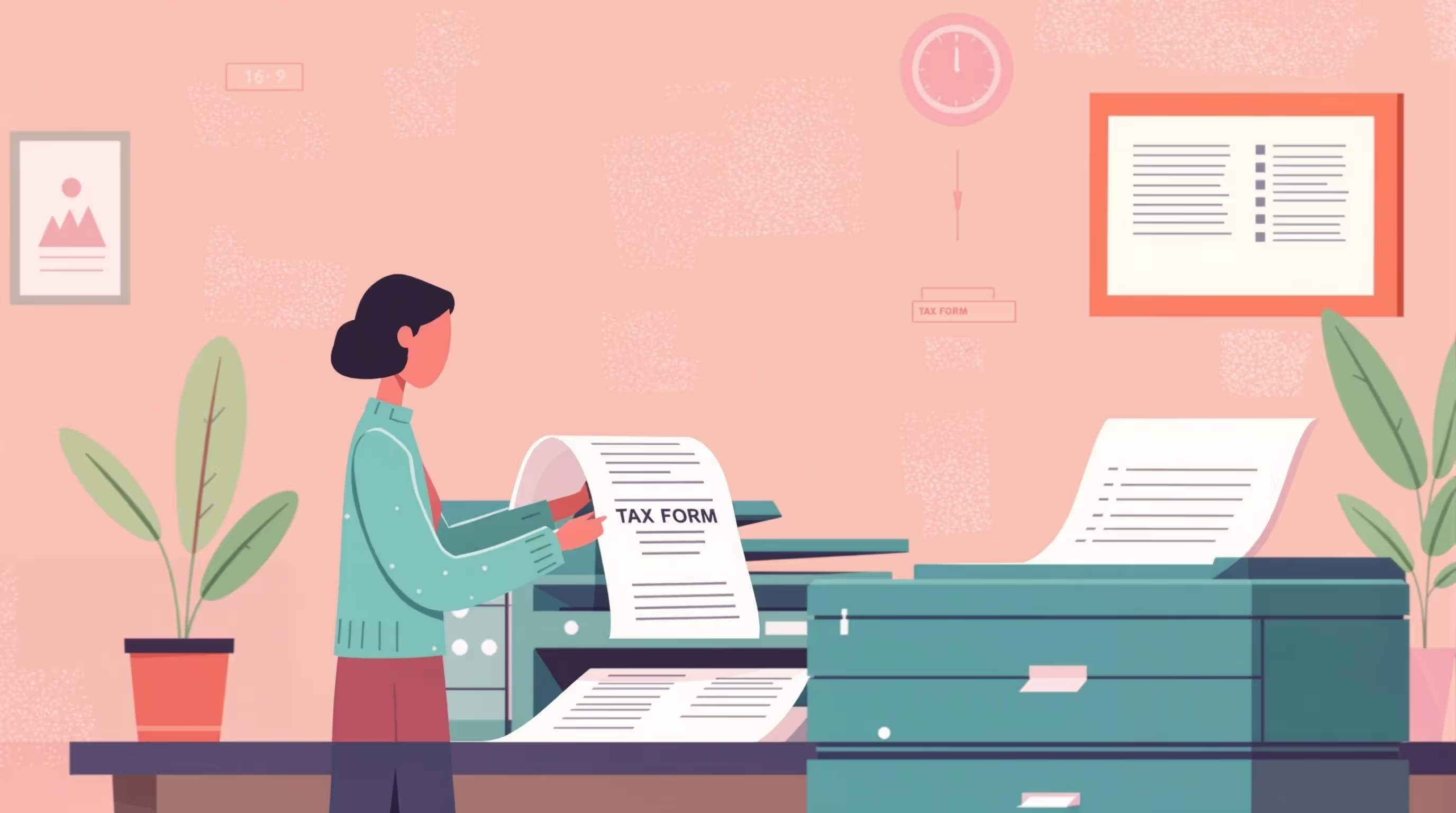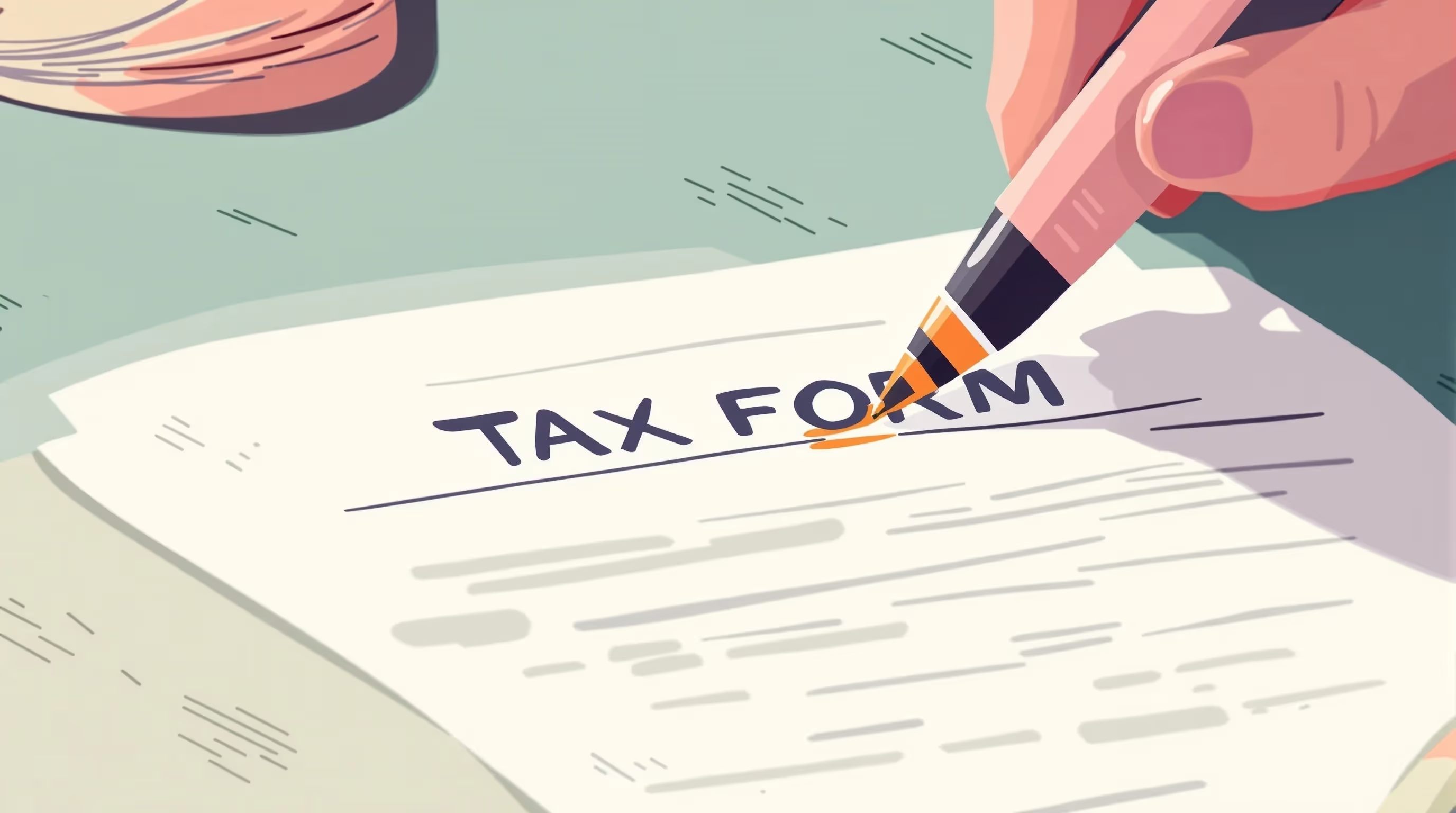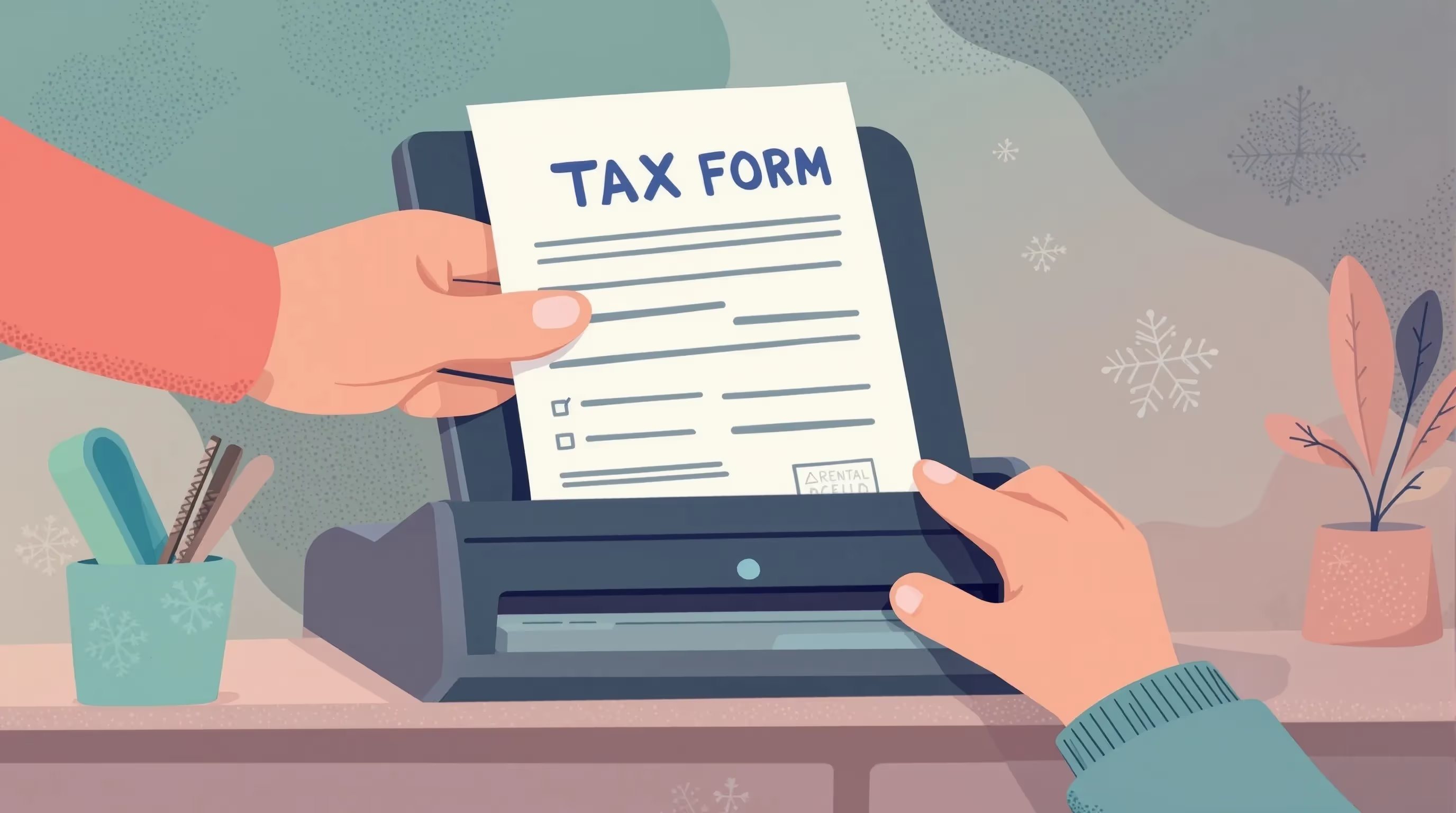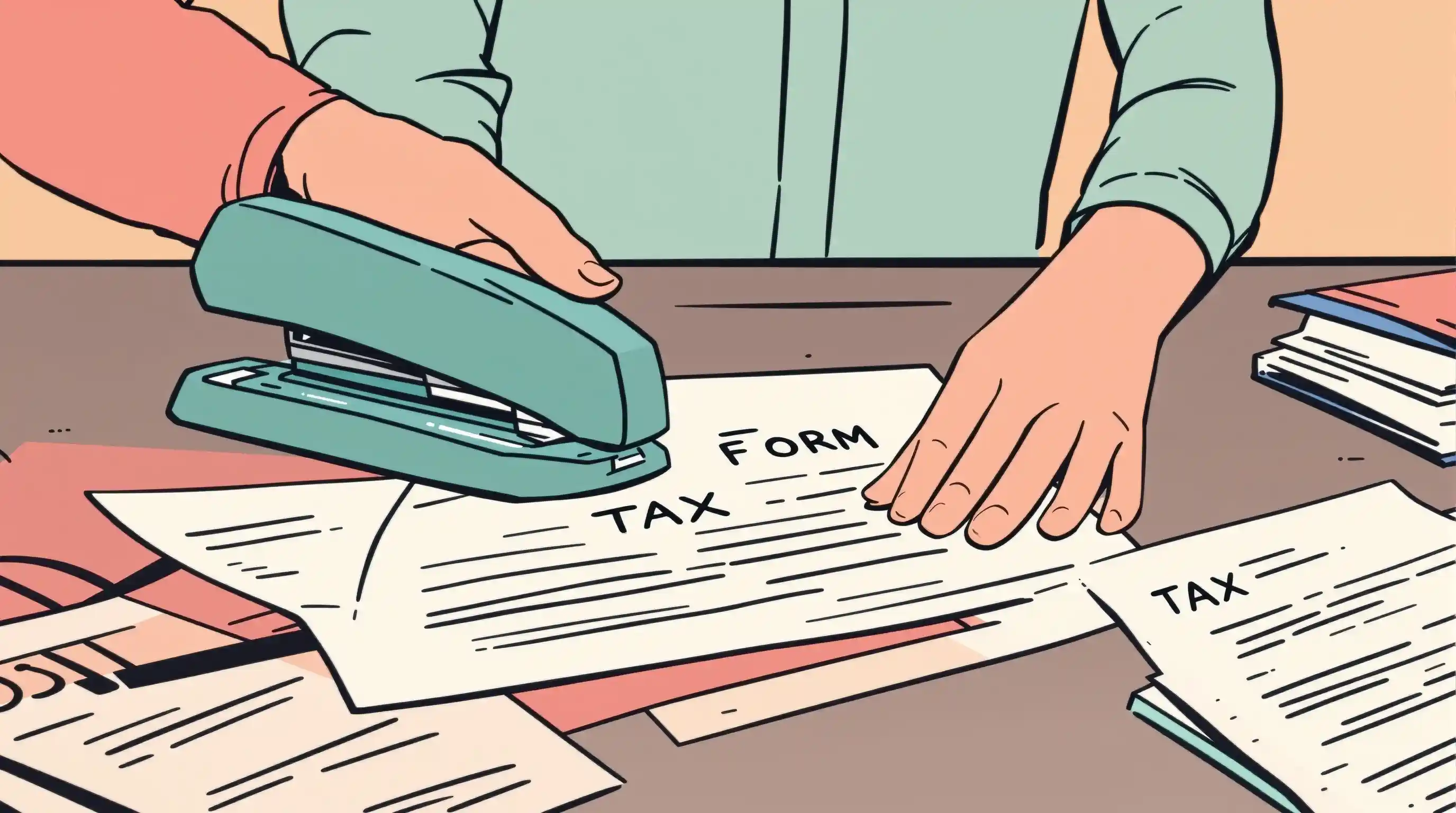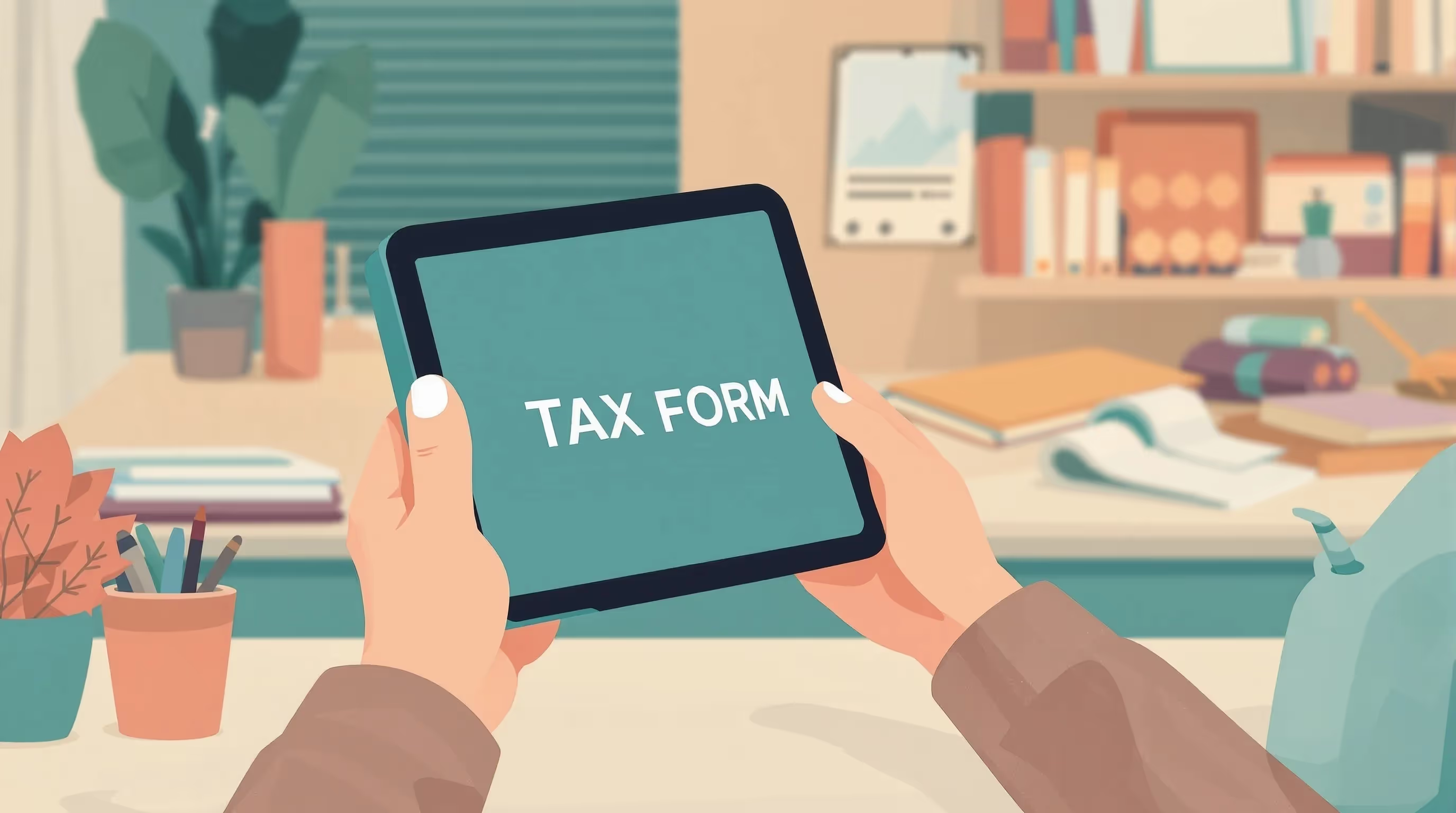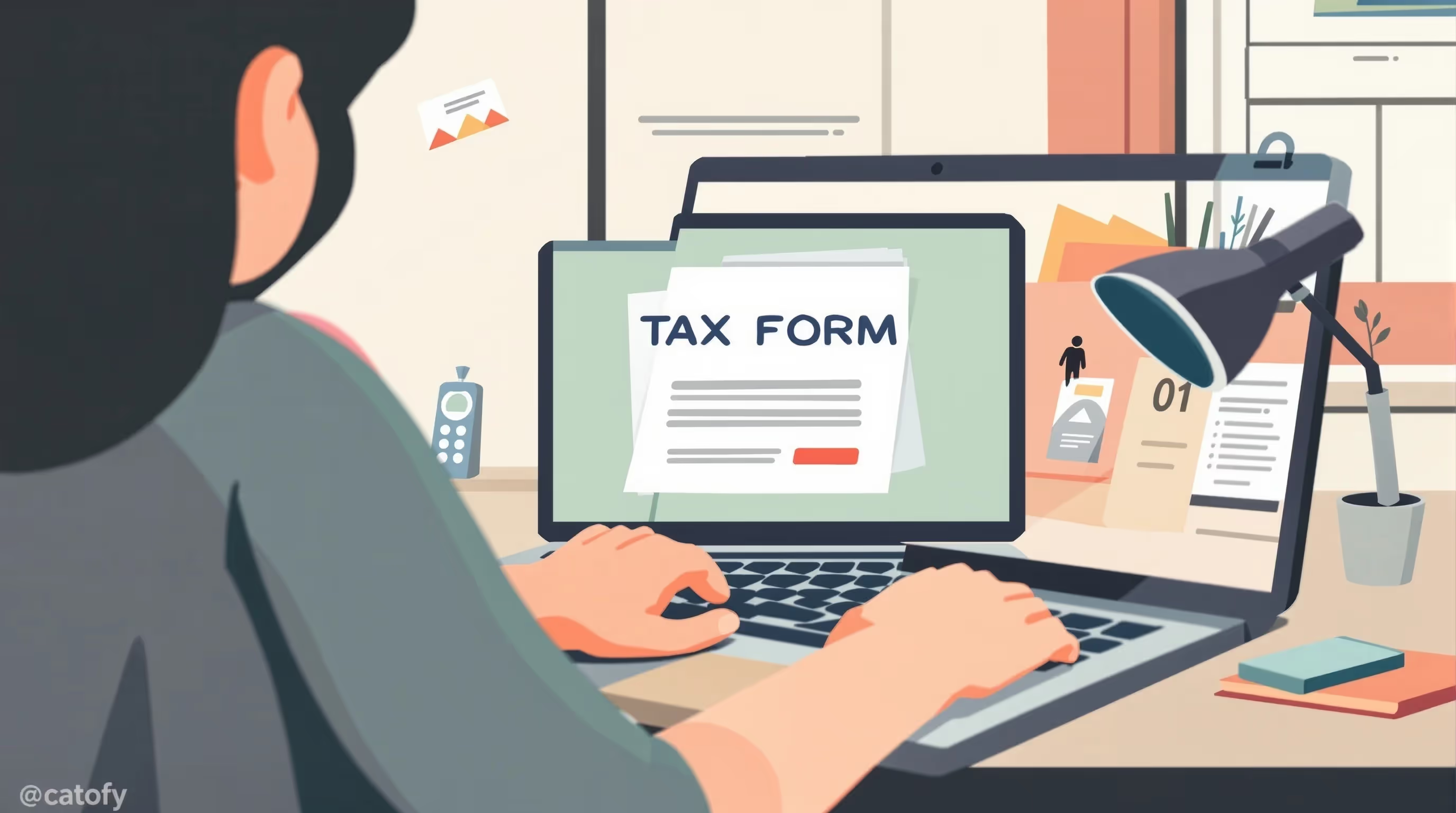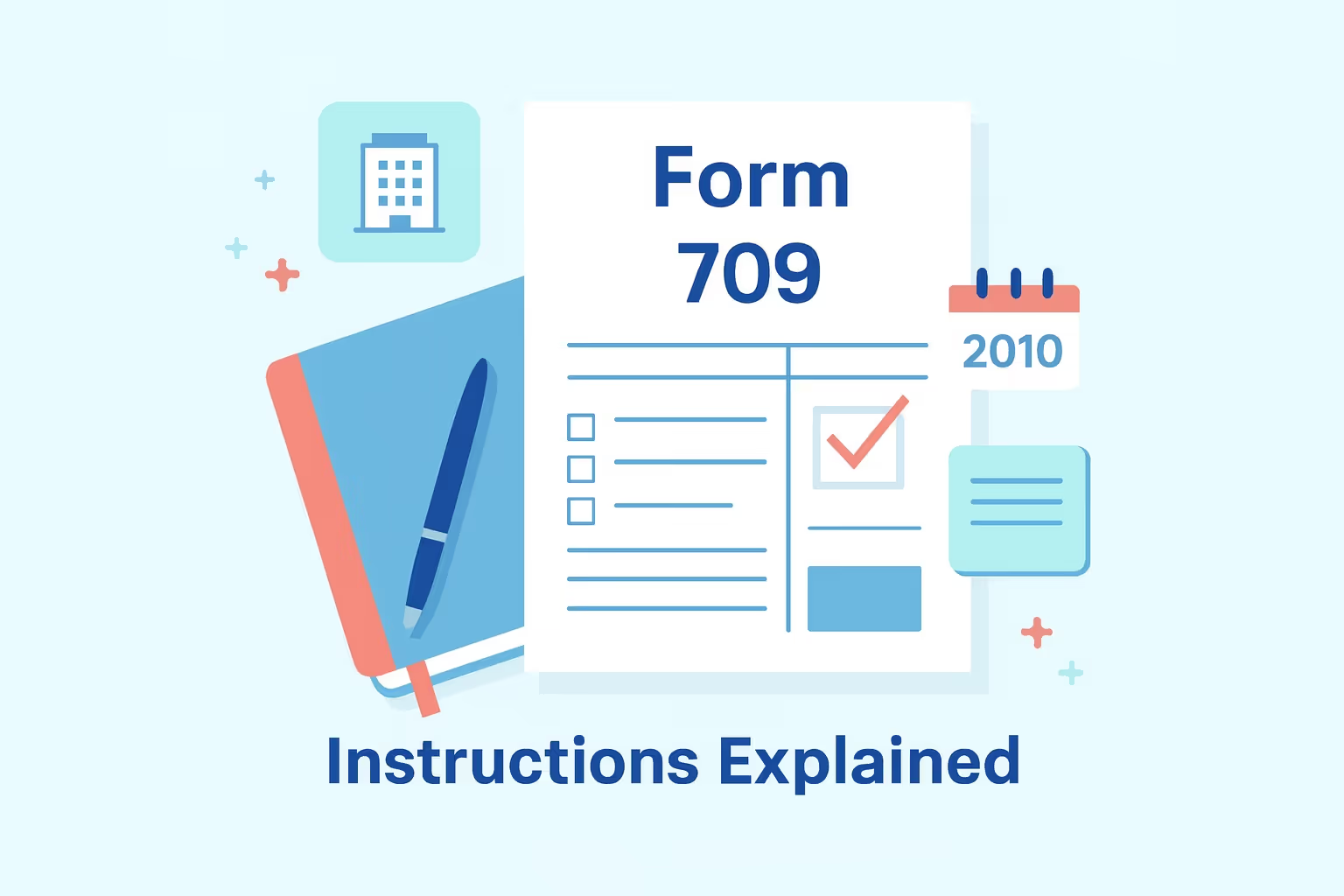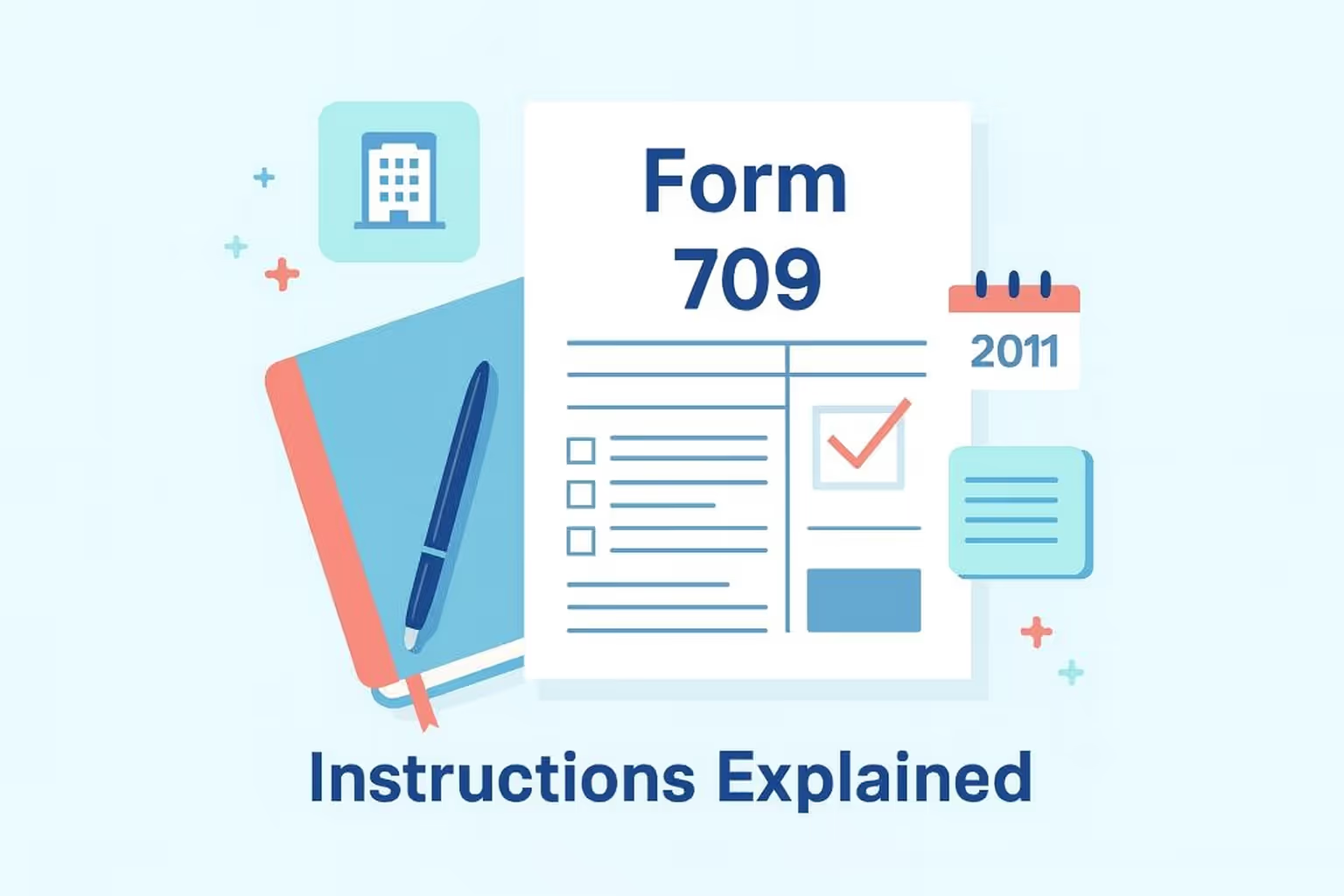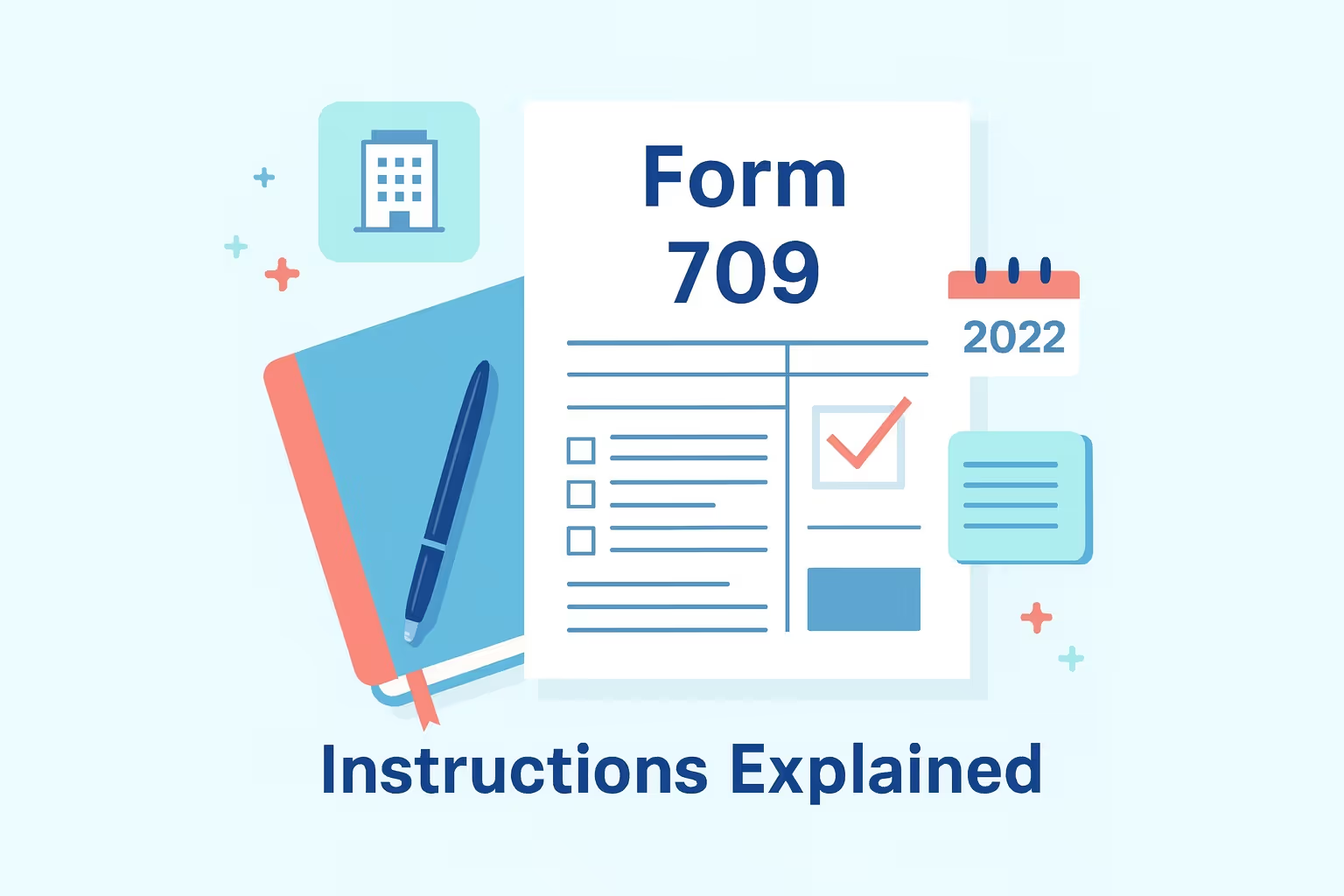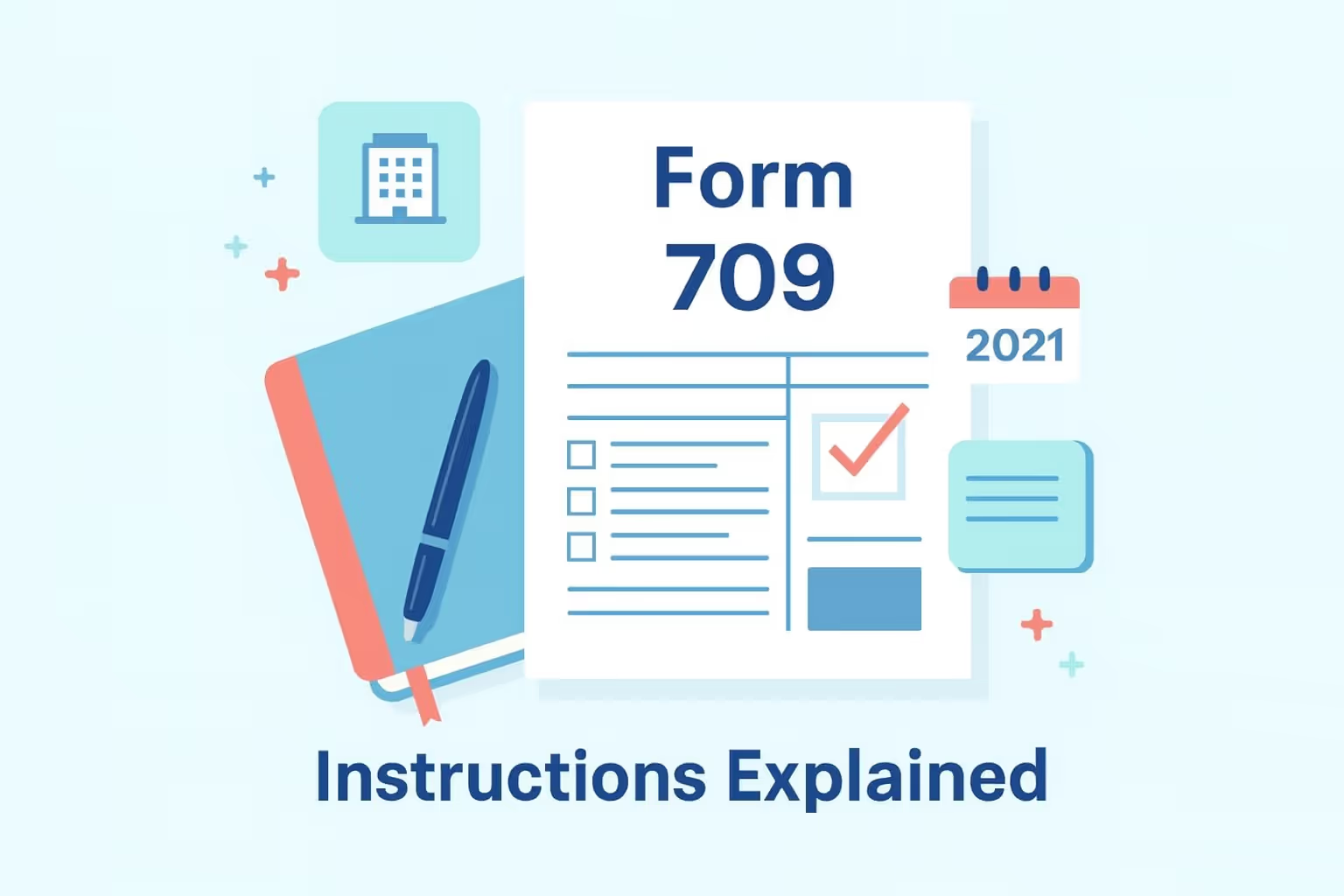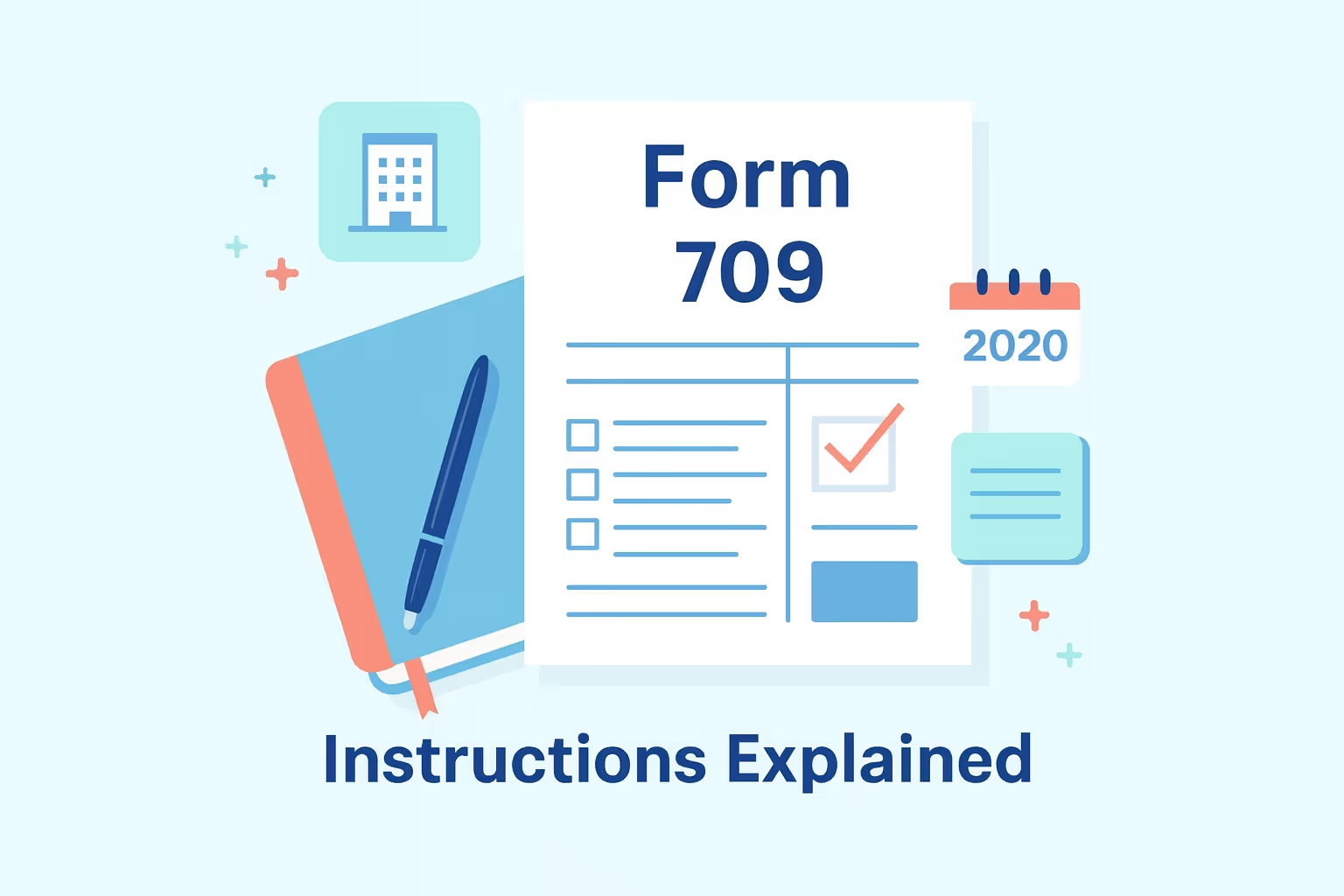
What IRS Form 706 (2017) Is For
IRS Form 706 (2017) is the estate tax return used to report and calculate the federal tax owed on an estate’s total assets. The form allows taxpayers to determine the fair market value of all property, including real estate, investments, and trusts, as of the date of death. The Internal Revenue Service requires this form to be filed when the total value of such property and prior taxable gifts exceeds the 2017 exemption limit of $5,490,000. Executors also use this tax return to claim portability, allowing any unused exemption to be transferred to a surviving spouse. Filing Form 706 ensures compliance with federal tax provisions and establishes the estate’s tax-exempt status where applicable.
For a detailed breakdown of filing requirements, eligibility rules, and step-by-step instructions, see our comprehensive IRS Form 706 (2017): Late & Amended Filing Guide.
When You’d Use Form 706 for 2017
IRS Form 706 (2017) is used when an estate qualifies for taxation under the 2017 threshold or when the executor must transfer the unused exclusion to a surviving spouse. The form is also required when new assets are discovered or when adjustments must be made to fair market value calculations.
Executors typically file this form or an amended version when the following situations occur:
- The estate acquires additional property or discovers income that affects overall tax liability.
- The IRS issues a notice requesting the estate tax return.
- Deductions or credits were previously overlooked and must be included.
- Relief is requested for late filing or payment because of reasonable cause.
- Closely held businesses need to apply for installment payments under Section 6166 to avoid selling assets to pay the tax.
Filing Form 706 ensures that all eligible credits and deductions are correctly applied and that the estate qualifies for available relief programs. It also demonstrates compliance with both federal and state tax requirements.
For complete details on wage reporting, withholdings, and unemployment tax filings, see our guide to Estate, Gift, and Trust Forms.
Key Rules or Details for 2017
Filing IRS Form 706 (2017) requires understanding several key rules that were specific to that tax year. Executors must use the correct version of the form and comply with procedural updates issued by the IRS.
Essential details for 2017 include:
- The federal estate tax exemption for 2017 was $5,490,000, and estates exceeding that value were generally subject to federal tax.
- Revenue Procedure 2017‑34 extended the portability election period to two years after the date of death, giving estates more time to apply.
- The Internal Revenue Service required the August 2017 revision of Form 706; using later or other forms could delay processing.
- Assets must be valued at fair market value on the valuation date, based on factors such as comparable sales, market data, and appraisal reports.
- The generation-skipping transfer tax exemption for 2017 was $1,120,000.
- Estates with closely held businesses could request installment payments under Section 6166, provided they met specific criteria and limits.
- Executors were encouraged to maintain detailed documentation for each page, item, and attachment submitted to support deductions, credits, or adjustments.
Following these provisions ensures that all valuations, deductions, and taxes are accurately reported and that beneficiaries receive a complete and accurate accounting of the estate’s financial position.
Step-by-Step (High Level)
- Gather all required records, including prior tax returns, account statements, and appraisals of property, to determine fair market value.
- Complete the correct version of Form 706 (August 2017 revision) as required by the Internal Revenue Service.
- Include all schedules for deductions, trusts, assets, and any other forms that apply to the estate’s financial position.
- Calculate the total value of the estate, including real estate, inventory, bonds, and business interests.
- Enter allowable deductions such as funeral costs, debts, and charitable contributions.
- Apply any available exemption, credit, or relief provisions under the tax law.
- File the estate tax return with the IRS by mail or an approved private delivery service, and keep all pages for record.
- Retain copies of each item filed to support adjustments or requests for review later.
Common Mistakes and How to Avoid Them
Filing an estate tax return can be complex, and several common errors can delay processing or increase costs. Understanding these mistakes helps ensure smoother communication with the Internal Revenue Service.
Common mistakes include:
- Submitting the incorrect version of the form: Verify you are using the most current IRS version to avoid processing delays or rejection.
- Omitting required schedules or documentation: Always include all supporting schedules, appraisals, and attachments to ensure your filing is complete.
- Reporting inaccurate fair market values: Use qualified appraisals and reliable data to calculate accurate fair market values and prevent penalties.
- Overlooking deductions or exemptions: Review allowable deductions and exemptions carefully to reduce total tax liability.
- Failing to request penalty relief when eligible: If reasonable cause exists, file a written request for penalty abatement to avoid unnecessary costs.
Learn more about how to avoid business tax problems in our guide on How to File and Avoid Penalties.
What Happens After You File
After filing, the Internal Revenue Service reviews the estate tax return for accuracy and may request additional documents to verify fair market value or deductions. Estates qualifying under Section 6166 can apply for installment payments, with interest accruing until the balance is paid. Once taxes are settled, executors may request a closing letter, and beneficiaries may receive refunds if overpayments are found. All taxpayers should retain copies of the form and supporting records for audit purposes.
FAQs
What is IRS Form 706 (2017) used for?
IRS Form 706 (2017) is the estate tax return used to report property and assets subject to federal estate tax. The Internal Revenue Service requires it when an estate exceeds the exemption limit or to transfer unused tax benefits to a surviving spouse.
How does fair market value affect the estate tax return?
Fair market value determines the taxable portion of an estate. The IRS requires taxpayers to calculate the value of assets based on appraisals or comparable sales to ensure that deductions, exemptions, and credits are correctly applied to each asset or form schedule.
Who must file IRS Form 706 (2017)?
Executors must file IRS Form 706 (2017) when an estate’s total assets, including trusts and property, exceed $5,490,000. Estates that qualify for portability must file even if no tax is due to preserve the benefit for beneficiaries.
Can deductions and exemptions reduce the estate tax owed?
Yes, executors can apply deductions for debts, costs, and charitable contributions, and claim the available exemption to lower the net tax due. The IRS allows estates to calculate and adjust taxable value under specific provisions and criteria.
What happens if IRS Form 706 (2017) is filed late?
If the estate tax return is filed or paid late, penalties and interest apply. The IRS may grant relief when taxpayers show reasonable cause, such as delayed access to financial accounts, records, or appraisals of such property.
What should be included in the estate’s inventory?
The inventory must list all items acquired before death, such as real estate, bonds, businesses, and trusts. Each page of the filing should clearly show the fair market value, ensuring all assets and funds are accurately determined for tax purposes.
Where can taxpayers find resources to complete Form 706?
The Internal Revenue Service provides instructions and other forms on its website. Taxpayers are encouraged to utilize professional services or consult the IRS resources to apply proper valuation methods, complete each section accurately, and meet filing requirements.






